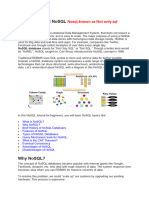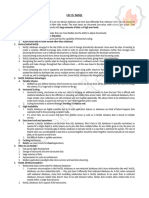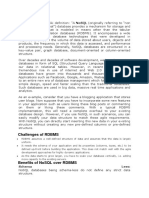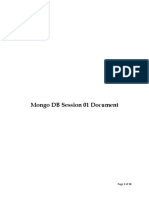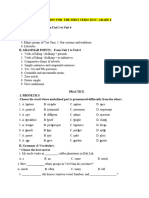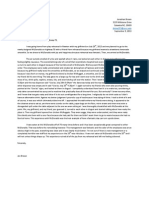0% found this document useful (0 votes)
77 views50 pagesNOSQL
NoSQL, or 'Not Only SQL', refers to non-relational databases that provide flexibility by not requiring a predefined schema, making them suitable for handling big data and real-time web applications. There are various types of NoSQL databases, including document, column, key-value, and graph stores, each designed to manage unstructured or semi-structured data efficiently. Key advantages of NoSQL databases include dynamic schemas, sharding, replication, and integrated caching, which address the limitations of traditional relational databases in scalability and performance.
Uploaded by
mulchandanibhavishka600Copyright
© © All Rights Reserved
We take content rights seriously. If you suspect this is your content, claim it here.
Available Formats
Download as PDF, TXT or read online on Scribd
0% found this document useful (0 votes)
77 views50 pagesNOSQL
NoSQL, or 'Not Only SQL', refers to non-relational databases that provide flexibility by not requiring a predefined schema, making them suitable for handling big data and real-time web applications. There are various types of NoSQL databases, including document, column, key-value, and graph stores, each designed to manage unstructured or semi-structured data efficiently. Key advantages of NoSQL databases include dynamic schemas, sharding, replication, and integrated caching, which address the limitations of traditional relational databases in scalability and performance.
Uploaded by
mulchandanibhavishka600Copyright
© © All Rights Reserved
We take content rights seriously. If you suspect this is your content, claim it here.
Available Formats
Download as PDF, TXT or read online on Scribd
/ 50



